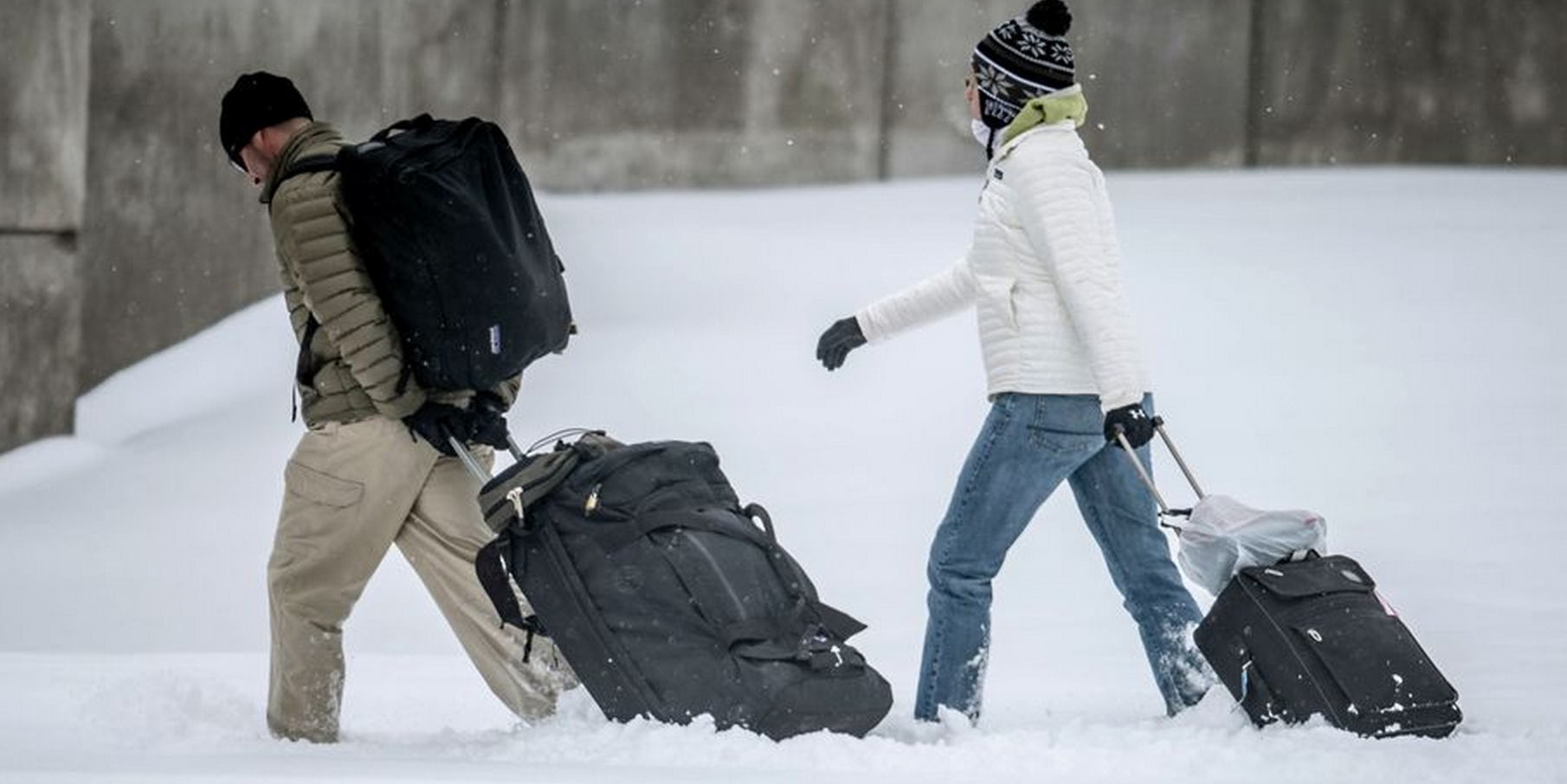ALBUQUERQUE, N.M. — Parts of California were getting a welcome dose of rain and snow from a storm system moving through the state, while late-winter weather dumped snow elsewhere in the Southwest.
Videos by Rare
The snow was well received by California and Nevada ski resorts.
It began snowing in the Sierra Nevada late Friday, and the resorts reported receiving 12 to 18 inches of snow at 8,000 to 10,000 feet, said Jim Matthews, a meteorologist with the National Weather Service in Sacramento.
“We are thrilled,” Melissa Matheney, a spokeswoman for Squaw Valley and Alpine Meadows ski resorts, told the San Francisco Chronicle. “We couldn’t be happier with this storm. It exceeded expectations, which is fantastic.”
The Sugar Bowl ski resort near Donner Summit reported up to 2 feet of snow by Saturday afternoon.
The storm system also brought scattered showers as it moved into the central and southern areas of California late in the afternoon. The weather service said around 7 p.m., light rain moved toward the wildfire-scarred hillsides above Glendora and Asuza east of Los Angeles, the site of the devastating Colby Fire in January 2014.
Up to a foot of snow could fall through Monday, including in the San Bernardino and Angeles national forests. That follows a spell of dry weather that had some ski resorts talking about closing.
Meanwhile, sections of central and northern New Mexico received a record-breaking snowfall Friday and Saturday with more expected throughout the weekend, weather officials said.
The snow eased up somewhat Saturday in Albuquerque after hitting the area hard. “Most of Albuquerque has had anywhere from 4 to 10 inches of snow. It’s really kind of crippled the city,” meteorologist Todd Shoemake said.
At some point during the storm, Albuquerque and Santa Fe received as much as 1 inch of snow per hour, according to the National Weather Service.
The wintry weather brought driving problems and numerous accidents in many areas, but things appeared to be improving by late Saturday afternoon with transportation officials giving the all clear for several problem highways.
In the Midwest and central part of the U.S., various states, including Missouri, Illinois, Indiana and Kansas, experienced a mix of freezing rain and snow on Saturday.
The arctic winter weather system had led to several record-breaking cold temperature readings in Iowa. Mason City, Iowa, hit a record low of 18 degrees below zero at 6 a.m. Friday, shattering its 115-year-old record for Feb. 27 of 12-below, set in 1899, the National Weather Service said. Waterloo also reached a record low of 24-below zero on Friday. The previous record of 14-below was set in 1897.
A dusting of snow could be seen starting Saturday afternoon overnight into Sunday for central and parts of eastern Nebraska, with some heavier snow in the southern portions of the state. That light snow was expected to quickly move into Iowa, with heavier amounts near the southern border with Missouri.
According to the National Weather Service, freezing rain would be possible on Sunday in the southern parts of Illinois, Missouri and Ohio. Snow was forecast for parts of Kansas, Missouri, Iowa, Illinois, Indiana and Ohio.
In other parts of the country, flights were canceled because of ice on the runways, snow collapsed a skating rink roof in Massachusetts, and local governments readied for what was to come.
In Texas, freezing rain for the second consecutive day left highways slick and forced the cancellation of nearly another 1,000 flights Saturday at Dallas-Fort Worth International Airport, one of the nation’s biggest airline hubs.
Freezing rain coated an area stretching from about 40 miles north of Austin up to the Dallas area, said Anthony Bain, a weather service forecaster based in Fort Worth. Temperatures were expected to be above freezing by late Saturday afternoon and into the upper 40s on Sunday, Bain said. Rain was expected on Sunday for much of Texas, as well as Arkansas and Oklahoma.
Also Sunday, New York City’s sanitation department has issued a snow alert set to start in the afternoon. Snowplows, salt spreaders and staff are ready to go into action to clear a possible few inches.
Copyright The Associated Press



